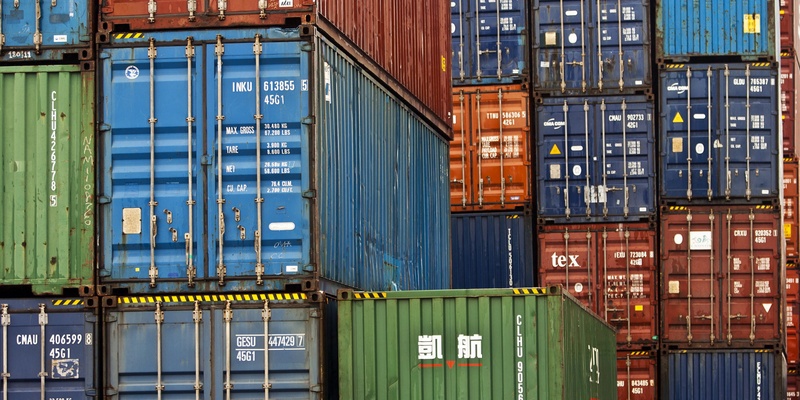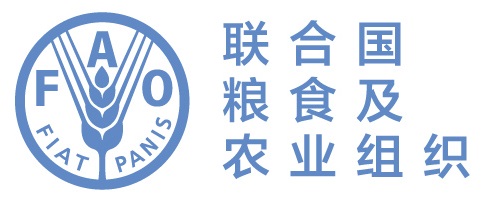Taking adoption of the CTU Code to the next level
Posted on Thu, 04 Mar 2021, 14:26

Credit: ©FAO/ Joan Manuel Baliellas
Despite approval of the IMO/ILO/UNECE Code of Practice for Packing of Cargo Transport Units (CTU Code) in 2014 and considerable efforts since to promote its use, incidents connected to container shipping are unfortunately still commonplace.
The intensified volume and movement of international traded goods can spread plant pests and diseases with associated risks to plant health, agriculture, and biodiversity worldwide. Containers and their cargoes acting as vectors for invasive pests, like the Asian Gypsy Moth (Lymantria dispar), the Khapra Beetle (Trogoderma granarium) and the Brown Marmorated Stinkbug (Halyomorpha halys), are an increasing concern. Deficient cleaning and treatment of containers as well as ignorance of the importance of correct storage and handling of goods prior to and during stuffing in containers may not only facilitate the spread of plant pests to new areas, but also compromise the safety of workers and infrastructure. There have also been several widely reported fires aboard containerships, where containerised cargoes may have been the cause. Container stack failures, vehicle roll-overs, train derailments, internal cargo collapses and incidents of invasive pest contamination, can all too often be traced to poor packing practices.
Increasing awareness
The CTU Code is a non-mandatory global code of practice for the handling and packing of cargo transport units, including shipping containers, for transportation by land and sea, designed to promote best practice and assist all actors involved in the global supply chain. Greater awareness and adherence to the CTU Code would significantly reduce incidents, some of which have resulted in fatalities and serious injuries, as well as minimise the phytosanitary risks associated with international trade. However, whilst the CTU Code is an unparalleled source of good practice and contains most of what all parties in the supply chain need to know to pack, handle and transport a container safely, it may not be realistic to expect every person in the supply chain to go through and learn the almost 300-page long compendium. That is why, with the endorsement of the International Maritime Organization (IMO), the International Labour Organization (ILO) and the United Nations Economic Commission for Europe (UNECE), five international freight transport and cargo handling organisations have come together to collaborate on new, accessible guidance on packing standards for freight containers and other cargo transport units.
The Container Owners Association, the Global Shippers Forum, the International Cargo Handling Coordination Association, Trough Transport Club and the World Shipping Council are co-operating on a range of activities to drive the adoption and implementation of crucial safety practices throughout the global supply chain.
Quick Guide and Checklist published
The group have published handy and accessible guides in several languages and are driving awareness through on-line information sessions and promotion. These guidelines are free for all actors in the supply chain to use for training and reference.
The “Quick Guide” to the CTU Code and the “Checklist” of actions and responsibilities for those packing cargoes in freight containers is available in three languages, with further translations under way:
• English: CTU Code Quick Guide and Checklist
• Chinese (simplified): CTU Code Quick Guide Chinese and Checklist Chinese
• Spanish: Código UTC and Lista del Código UTC (with the support of NAPPO)
The Quick Guide contains specific instruction when it comes to carrier, shipper and packer responsibilities for ensuring that containers and their cargoes are free from visible pest contamination, reflected also in the Checklist. They therefore complement, and support, the IPPC’s Sea Container Task Force (SCTF)’s ‘Sea container supply chains and cleanliness: An IPPC best practice guide on measures to minimize pest contamination’ and related leaflet ‘Reducing the spread of invasive pests by sea containers’.
Do your part!
If all parties in the supply chain have a good understanding of the fundamental principles for safe and secure container packing, handling and transport and, importantly, abide by them, we can avoid a great deal of pain, suffering and cost.
Do your part by using and sharing these resources!
Submitted by World Shipping Council
Contact:
Anna Larsson
Communications Director
World Shipping Council
Email: [email protected]
Tel: +4748406919

